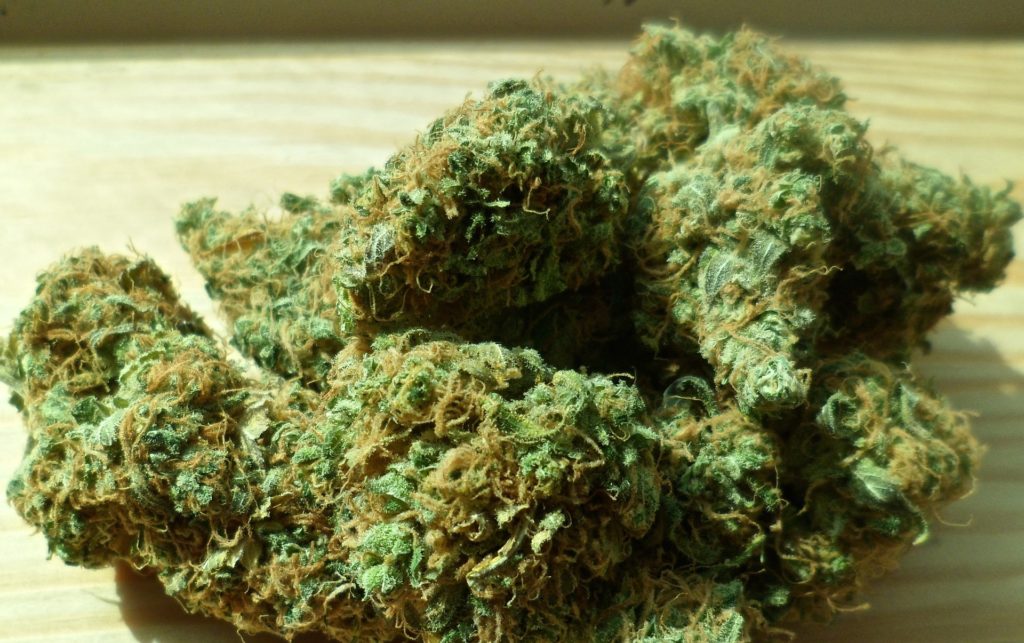
In an article published in the journal Antioxidants, researchers from the Hospital de la Santa Creu i Sant Pau Research Institute (IIB Sant Pau) and the Universitat Autònoma de Barcelona demonstrate in animal models that water enriched with hydrogen molecules (H2) improves the symptomatology of neuropathic pain and related emotional disturbances.
Twenty per cent of the Spanish population suffers from chronic pain, and between 7 and 10% from neuropathic pain. This condition, mostly caused by nerve damage, causes people to feel intense and constant pain. Treatments are scarce and often involve a large number of adverse effects that affect the patients’ quality of life. For this reason, the Molecular Neuropharmacology research group, coordinated by Olga Pol at the Sant Pau Biomedical Research Institute and the UAB Institute of Neurosciences, is looking for new therapeutic possibilities that can help people who suffer from it.
Now in a study published in the journal Antioxidants, they have analyzed the effects of administering to mice models of neuropathic pain water enriched with hydrogen molecules, a treatment that had already shown positive effects in neurological disorders, such as Alzheimer’s disease and depression. The results point to this strategy as a very promising candidate for the treatment of neuropathic pain and associated emotional disorders, due to its analgesic and anti-inflammatory effects, as well as its anxiolytic and antidepressant properties.
“This treatment can alleviate not only the pain caused by a nerve injury, but also the states of anxiety and depression that accompany it, which would substantially improve the patients’ quality of life. This is important because it can allow a more effective and global treatment of neuropathic pain with fewer side effects”, explains Olga Pol.
In the study, the treatment was administered to mice by injection, but in the future other routes will be tested, such as oral administration. The next steps will be to investigate how the treatment works in animal models of pain associated with chemotherapy, because many times cancer patients present neuropathic pain as a side effect of the treatment, as well as evaluating its effects on the memory and emotional deficits that these same patients can also suffer.


